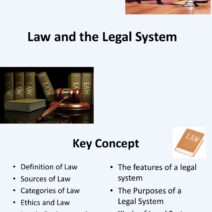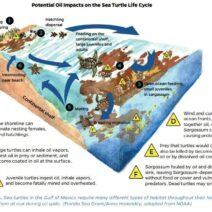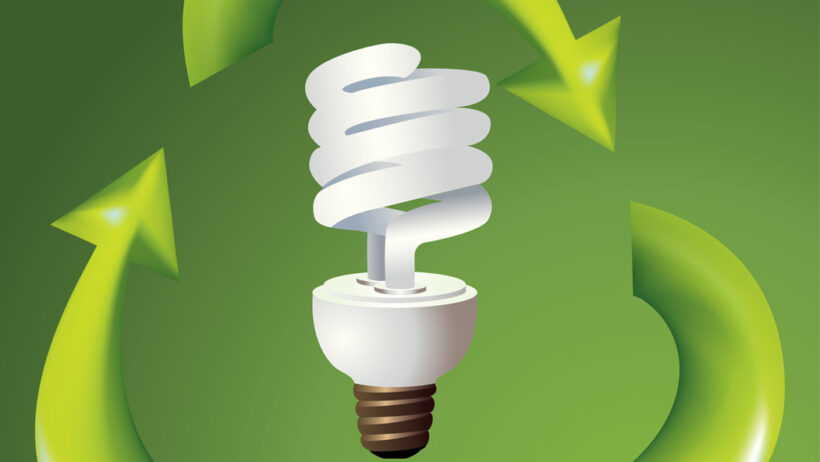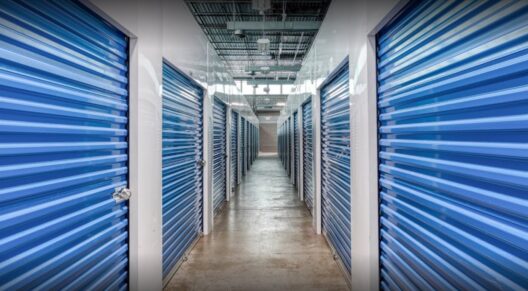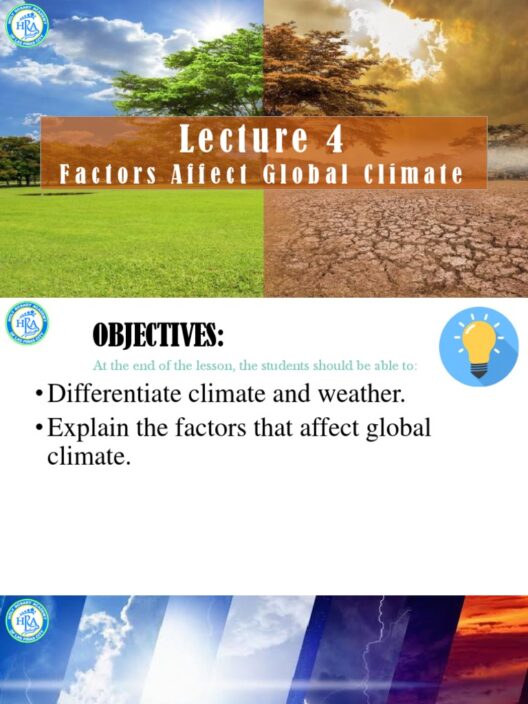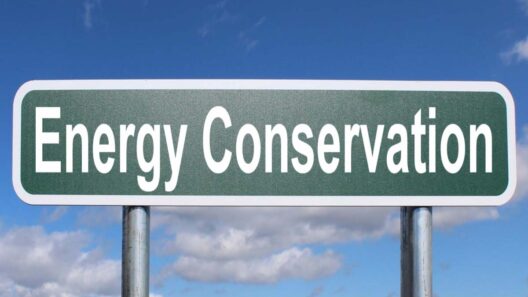Have you ever paused to ponder the inconspicuous ways your daily habits can impact the planet? In our modern world, electricity is a vital component of our lives, powering everything from our homes to our devices. However, with great power comes great responsibility. So, how can we conserve energy while still enjoying the conveniences that electricity affords? Here lies the challenge: adopting simple yet effective practices that not only reduce your energy consumption but also illuminate the path to greater sustainability.
First and foremost, an assessment of your electricity usage is critically imperative. Understanding where your energy flows can unveil numerous opportunities for conservation. A practical starting point is to conduct an energy audit of your home. This exercise involves tracking your energy consumption patterns, identifying high-consumption appliances, and recognizing areas where energy is wasted. Many utilities offer free or discounted energy audits; take advantage of these offers to gain insights tailored to your specific needs.
One of the simplest yet most effective steps to conserve energy is to switch to energy-efficient appliances. The ENERGY STAR label is a hallmark of quality and efficiency. By choosing appliances bearing this label, such as refrigerators, washing machines, and light bulbs, you can save substantial amounts on your utility costs while minimizing your carbon footprint. In fact, energy-efficient appliances consume less energy, which translates into reduced greenhouse gas emissions—a win for both your wallet and the environment.
Another significant, yet often overlooked, aspect of energy conservation stems from our lighting choices. Traditional incandescent bulbs, while warm and inviting, are notoriously inefficient. Their compact fluorescent counterparts (CFLs) or light-emitting diodes (LEDs) not only consume less electricity but have longer lifespans as well. This dual advantage leads to considerable savings. Therefore, consider this: is your home excessively illuminated? Perhaps it’s time to rethink your lighting strategies. Positioning floor and table lamps strategically can enhance ambiance while reducing the necessity for overhead lighting. Furthermore, utilizing natural light during daylight hours can further diminish your reliance on electric lighting.
Another potent avenue for energy conservation is regulating your thermostat. Heating and cooling systems are among the largest energy consumers in any household. You might challenge yourself with a simple question: can you acclimate to a few degrees of temperature variation? In the winter, lowering your thermostat by just a few degrees can result in significant energy savings. Similarly, in the summer, raising it slightly can lead to lower energy bills. Investing in a programmable thermostat can further automate these adjustments according to your routine, ensuring your home is comfortable while minimizing energy waste.
Sealing drafts can also make a significant difference. Often, windows, doors, and attics are culprits of lost energy, allowing conditioned air to escape and unconditioned air to infiltrate. Caulk, weatherstripping, and insulation are all effective and relatively low-cost solutions. By fortifying these entry points, you’ll not only reduce the energy necessary to heat and cool your home but also improve its overall comfort and efficiency. It’s an ideal challenge for those seeking a tangible way to contribute to energy conservation!
Appliance usage patterns can also play a pivotal role in energy conservation. Are you guilty of leaving devices plugged in, even when they are not in use? Such habits contribute to what is known as “phantom load.” This term refers to the energy consumed by electronics when they are turned off but still plugged into the wall. A simple solution is using power strips to easily disconnect multiple devices at once when they are idle, or utilizing smart plugs that can be programmed for automated power management. This minimal gesture, when compounded over time, can lead to substantial savings.
Mindful consumption extends to your culinary habits as well. When preparing meals, utilize the correct pot size on the stovetop to prevent heat loss and maximize energy efficiency. Additionally, employing lids while cooking and using microwave ovens can markedly reduce the energy required for meal preparation. When baking, try to avoid opening the oven door frequently, as this can lead to heat loss that prolongs cooking times and increases energy use.
In terms of laundry practices, your washing machine is an unseen yet significant consumer of electricity. Use cold water whenever feasible, as most of the energy used in washing clothes goes towards heating the water. Also, consider air-drying laundry when possible, an age-old technique that is regaining popularity. Not only does this conserve energy, but it also imparts a fresh scent to your clothes—how delightful!
Lastly, advocate for conscious consumption. Partake in responsible purchasing habits by supporting companies that prioritize sustainability, use renewable energy, and manufacture energy-efficient products. Join community initiatives that promote energy conservation, thereby fostering a culture of awareness and responsibility surrounding energy consumption.
As the challenges of climate change loom large, each individual’s actions accumulate to create a larger impact. By implementing these simple yet effective strategies for conserving energy, you can contribute to the overall movement toward more sustainable living. So, how will you tackle your energy consumption habits today? Embrace the challenge of thoughtful engagement, and witness the transformation in not only your energy savings but also your consciousness regarding the environment we share.
